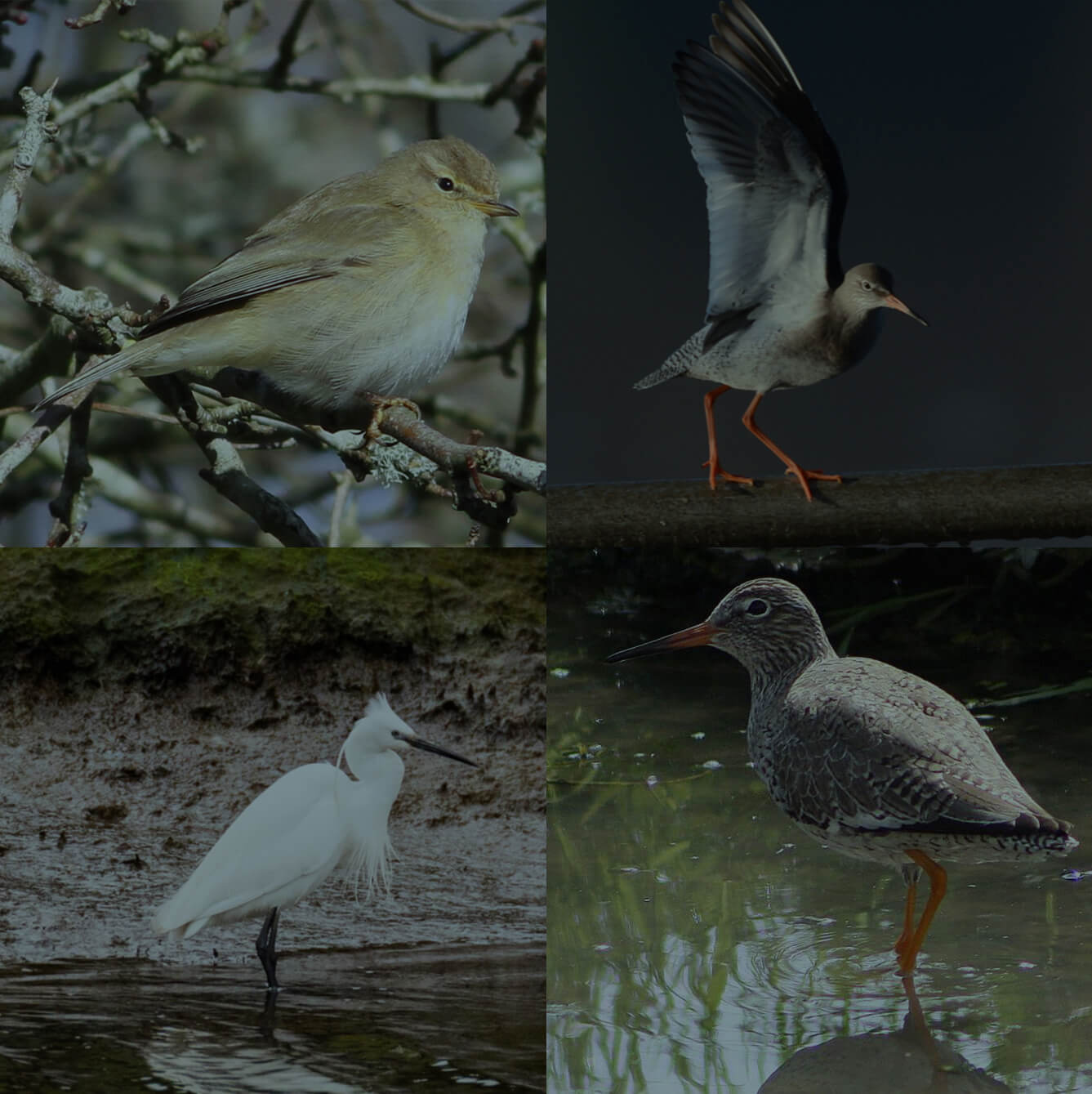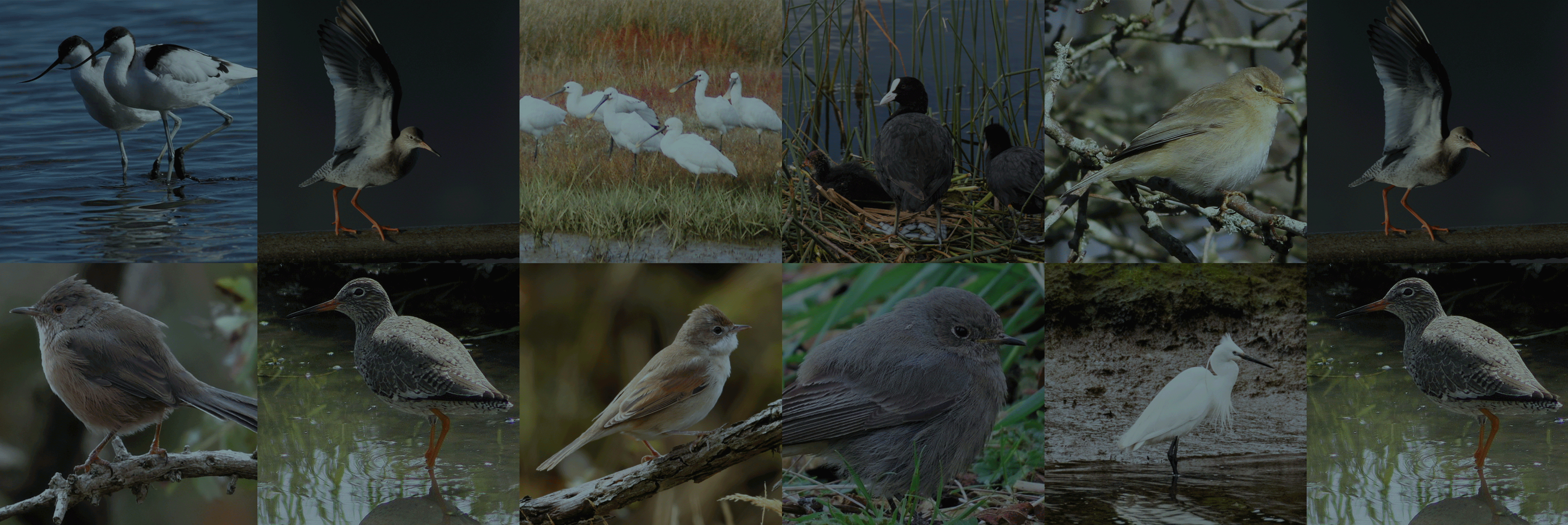Osprey Season 2021 Round-Up
What an exciting and promising osprey season we’ve had this year! As it begins to draw to a close we thought we’d take a look back on all that’s happened this season...
We always approach 1st April with baited breath, as it has traditionally been the return date for our resident female CJ7. And once again this year she did not disappoint, landing on our livestream nest for all the world to see at 1:31pm. She had amassed quite an online following during the spring of 2020 and many people were just as thrilled as we were to see her back. She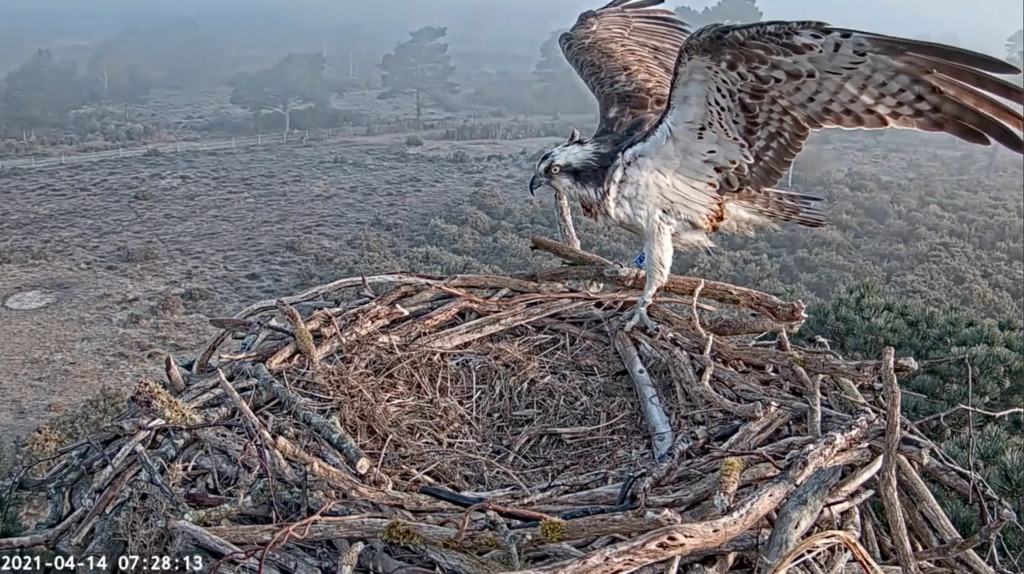 immediately began repeating her behaviours of the previous year: collecting materials and building up the nest in preparation for egg laying. This year she outdid herself once again, however; producing not three, but FIVE unfertilised eggs! The only other documented case of this in the British osprey population was in 2015 at Glaslyn, when the female (Mrs G) produced five unfertilised eggs and subsequently two fertilised ones when her mate eventually arrived. Mrs G is an incredibly strong individual who has bred at Glaslyn for the last 18 years, so to see similarities emerging between her and CJ7 is very encouraging.
immediately began repeating her behaviours of the previous year: collecting materials and building up the nest in preparation for egg laying. This year she outdid herself once again, however; producing not three, but FIVE unfertilised eggs! The only other documented case of this in the British osprey population was in 2015 at Glaslyn, when the female (Mrs G) produced five unfertilised eggs and subsequently two fertilised ones when her mate eventually arrived. Mrs G is an incredibly strong individual who has bred at Glaslyn for the last 18 years, so to see similarities emerging between her and CJ7 is very encouraging.
The arrival of 022, our first translocated male to return from our 2019 cohort, on 18th May was a real game changer. Following his first encounter with CJ7 just hours after his arrival, the pair quickly became inseparable. All of a sudden we were considering the possibility that we could see our first ever breeding attempt this year! It seems it was just a little too late in the season however, because despite lots of ‘Skydancing’ courtship displays from 022 and numerous mating attempts no further eggs were laid. But in many ways this is the best result, as rather than being thrown in at the deep end as first time breeders they’ve had an entire summer to explore together and strengthen their pair bond. In fact, by the end of the season 022 was regularly catching fish and leaving them on the nest for CJ7 to eat, just as a mature male would do for his mate and chicks. If they do both return next year, their activities this summer will stand them in very good stead.
022 & CJ7 on the Livestream Nest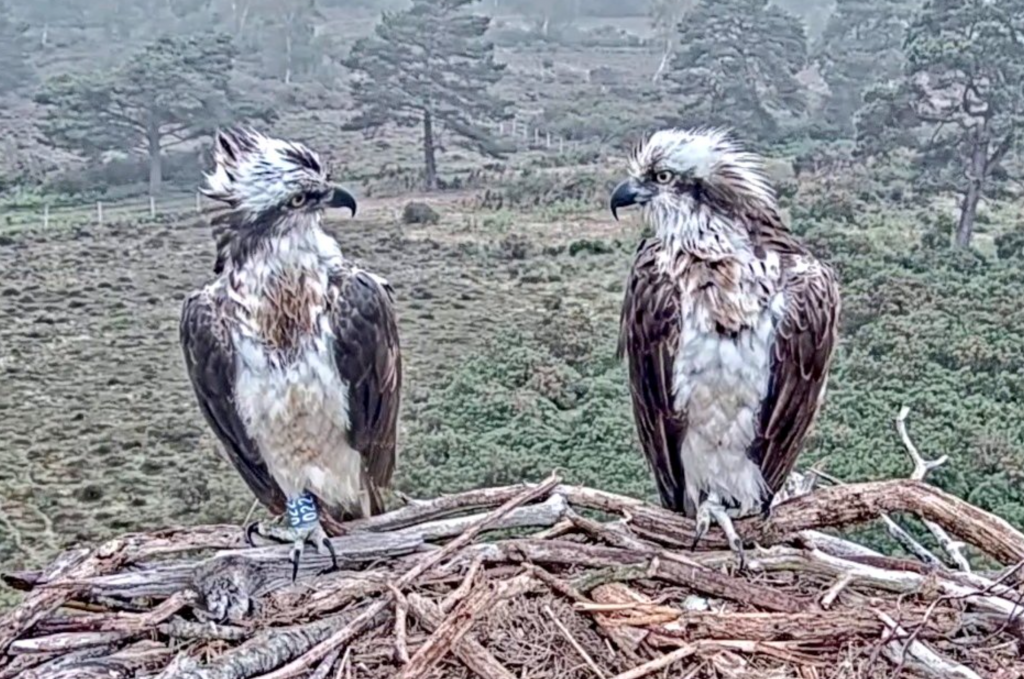
We did, of course, have other success early in the season, with 014 returning to Wales and pairing up with Z2 (Aeron), a 4-year-old male from the Dyfi nest. We were delighted to hear of the nest’s progress from the Welsh teams, especially of the news that the new pair successfully raised their first chick, a male ringed 494, who fledged on the 3rd August. In 2023 we will certainly be looking out for his safe return in addition to any translocated returnees. Fingers crossed! The great news from Wales also continued with the return of 019 for the first time; a young translocated female released during the 2019 season of the project. Following in 014’s footsteps (almost exactly!), she also headed straight for Wales, first seen on the Glaslyn nest on the 5th June. Hopefully we will see her back again next year.
Between mid-July and early September, we raised and released another 10 osprey chicks as part of our translocation project. This year, the cohort consisted of five males and five females, collected by our colleagues at the Roy Dennis Wildlife Foundation from Scottish nests in early July, and were ringed Blue 370-379. Along with the help of the local magpies, the juveniles ate their way through 10 kilograms of fresh trout each day, monitored all the while by the team via CCTV and radio-tracking equipment. All birds were released in early August, and they soon started exploring the release site and making themselves very audibly known, food-begging at every opportunity despite food being plentiful (and often right in front of them!).
Five of the Translocated Juveniles Feeding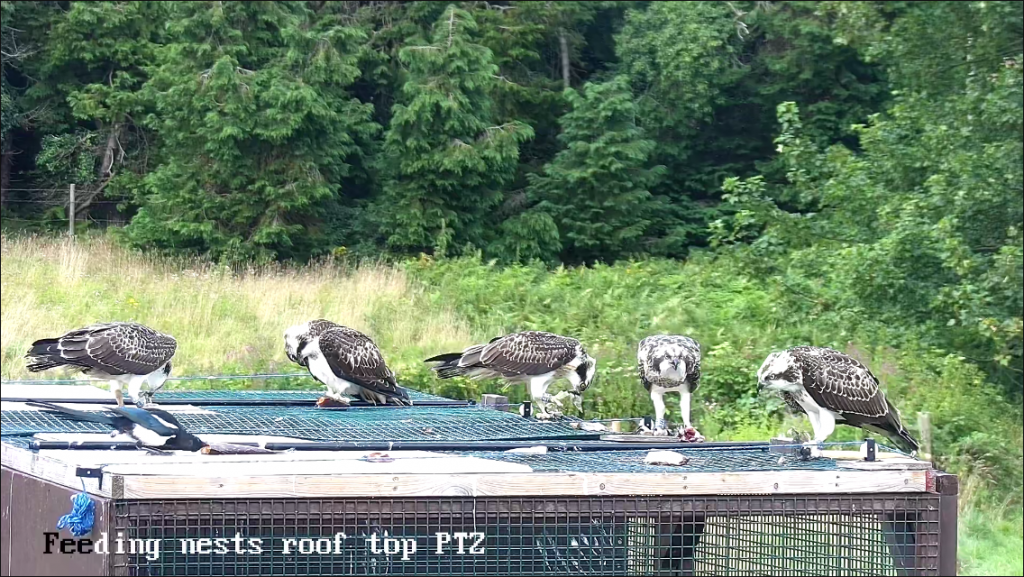
Several days after release one of the females, 378, was recaptured as she had not been feeding herself. She was taken for a veterinary assessment but sadly died whilst in care. A post-mortem analysis showed that she had a fungal lung infection known as Aspergillosis, which is common amongst wild raptor species and notoriously difficult to treat. Despite this disappointing loss, the remaining 9 birds progressed exceptionally well and by late August were ranging far and wide. During this exploratory period 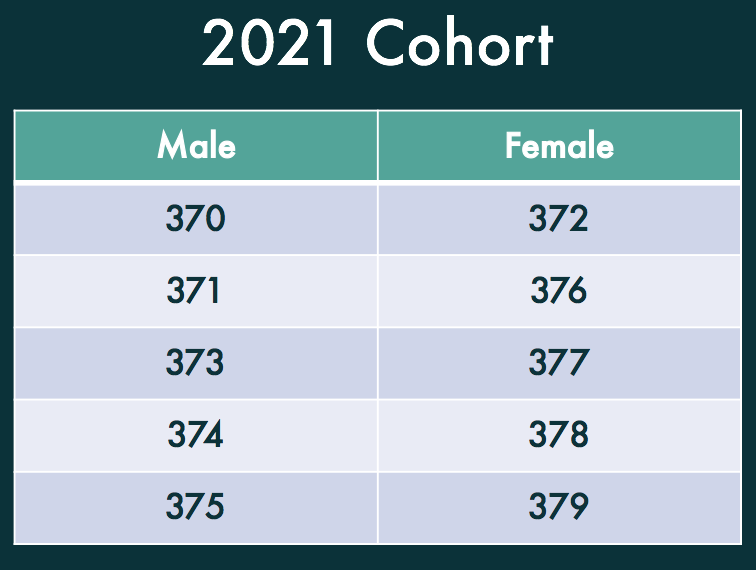 they came across CJ7 & 022 on several nest platforms, which will have helped to reinforce their interest in breeding locally. We were also fortunate enough to see the juveniles practicing their hunting skills in the Wareham Channel from some of our Osprey Cruises. The first chicks left on migration on 6th September, the same day as CJ7 and two days after 022. The last chick, our smallest male 371 who was fondly nicknamed Wee Nippy, left on 12 September.
they came across CJ7 & 022 on several nest platforms, which will have helped to reinforce their interest in breeding locally. We were also fortunate enough to see the juveniles practicing their hunting skills in the Wareham Channel from some of our Osprey Cruises. The first chicks left on migration on 6th September, the same day as CJ7 and two days after 022. The last chick, our smallest male 371 who was fondly nicknamed Wee Nippy, left on 12 September.
The season may be nearly over by we’re already busy making plans for next spring. On their travels this August CJ7 and 022 found several other artificial nests in the harbour and took interest in two of them, adding materials and displaying nearby. Given that their activity at the livestream nest significantly reduced towards the end of the season, we’re really not sure which nest they will favour next year! Over winter we’re hoping to fit livestream cameras to these other nests so that no action is missed, so please keep an eye out for a fundraiser launch on our website in the coming months.
Thank you to everyone who has watched the webcam, joined us on events, donated and supported our work this year. We really hope next year could be the one we’ve all be waiting for, but no matter what happens though we look forward to sharing it with you all! Until then, please enjoy this video summary of the season:
You might also like...
Harbour Update – posted 26/07/24
It was good to get that dank, yucky murk out of the way, which allowed for some new…
Find out moreHarbour Update – posted 25/07/24
You should never right off a good days birding because of the weather, because you just never know….
Find out moreCall 01202 641 003
© 2024 Birds of Poole Harbour Registered Charity No. 1152615

